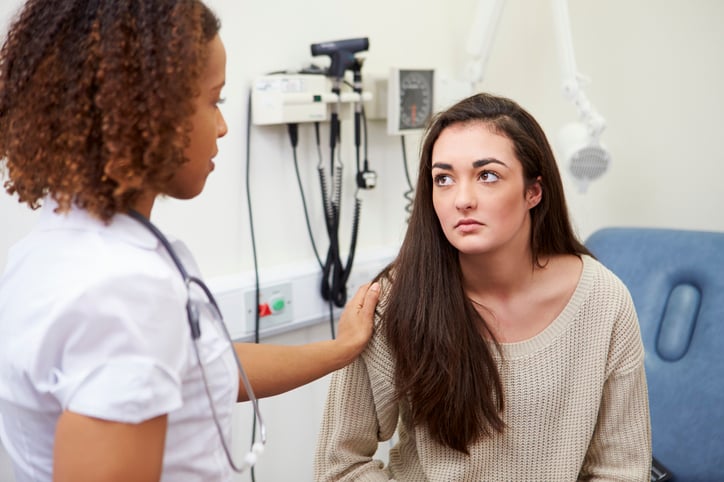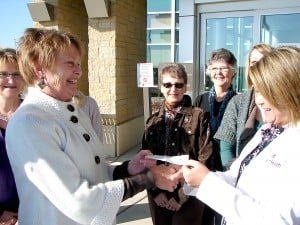 SANE stands for Sexual Assault Nurse Examiner and it is a qualification for forensic Nurses to conduct sexual assault evidentiary exams for rape victims. SANE Nurses are trained in the medical, psychological, and forensic examination of a sexual assault victim.
SANE stands for Sexual Assault Nurse Examiner and it is a qualification for forensic Nurses to conduct sexual assault evidentiary exams for rape victims. SANE Nurses are trained in the medical, psychological, and forensic examination of a sexual assault victim.
SANE Nurses are extremely important in making sure sexual assault survivors feel safe as they are treated in the emergency room.
These Nurses act as an advocate for patients by staying with them for hours as they gain trust, asking the difficult questions, conducting physical exams to check for evidence and injury, providing emergency contraceptives, and maintaining evidence for law enforcement.
In addition to the collection of forensic evidence, they also provide access to crisis intervention counseling, STI testing, and drug testing. A SANE will also supply medical referrals for additional medical care or possible follow ups to document how they are healing.
To become a SANE, you must first be a Registered Nurse (or Advanced Practice), preferably with 2+ years experience in areas of practice that require advanced physical assessment skills. The SANE training should meet the IAFN SANE Education Guidelines and will consist of both classroom and clinical components.
After beginning practice as a SANE, Nurses who have obtained SANE training and meet the clinical practice requirements have the opportunity to take a board certification examination through the Association. There are 2 different credentials available under the SANE certification:1) SANE-A -- for Adult and Adolescent Examiners
2) SANE-P -- for Pediatric victims
Not all, but many SANE programs are coordinated by rape crisis centers in place of a hospital. Some programs are employed by law enforcement and conduct their exams at stand-alone sites, not in an Emergency Department (ED).SANEs are on call 24/7 and may arrive at the hospital ED within an hour of a sexual assault victim’s arrival. Some programs will wait until the patient has had a medical screening exam (MSE) and subsequently have law enforcement bring a stable patient to the sexual assault response team (SART) site for their exam. If the patient is in critical condition and admitted to the hospital, the SANE can perform a 'mobile exam' and bring their exam supplies and camera to the hospital.
Resources
National Protocol for Sexual Assault Medical Forensic Examinations of Adults and Adolescents
Sexual Assault Nurse Examiner Education Guidelines, Adult and Pediatric
National Training Standards for Sexual Assault Medical Forensic Examiners




 OWATONNA — A new program is now in place at Owatonna Hospital to help people who have been victims of sexual assault.
OWATONNA — A new program is now in place at Owatonna Hospital to help people who have been victims of sexual assault.